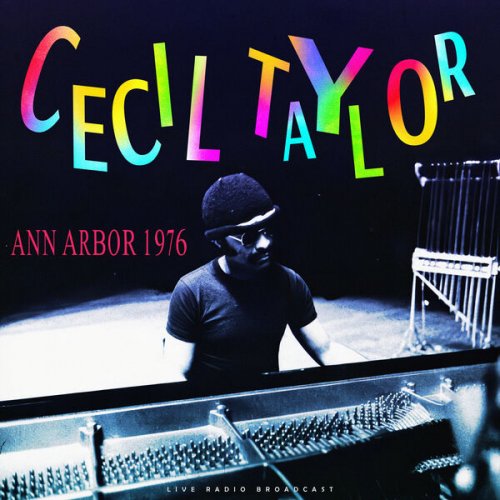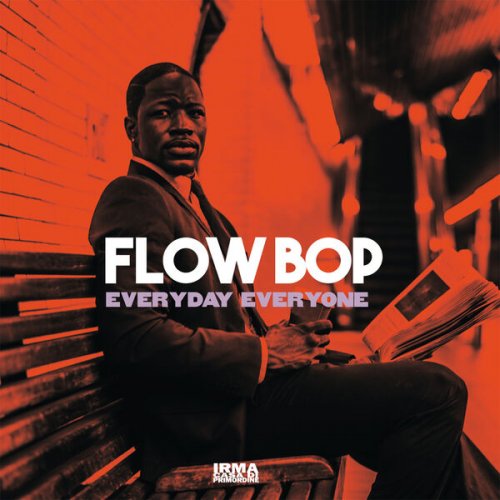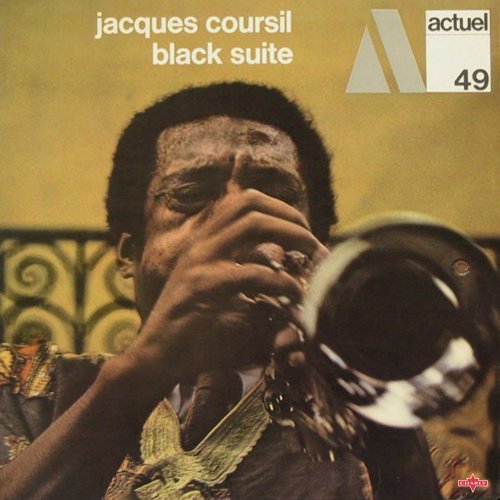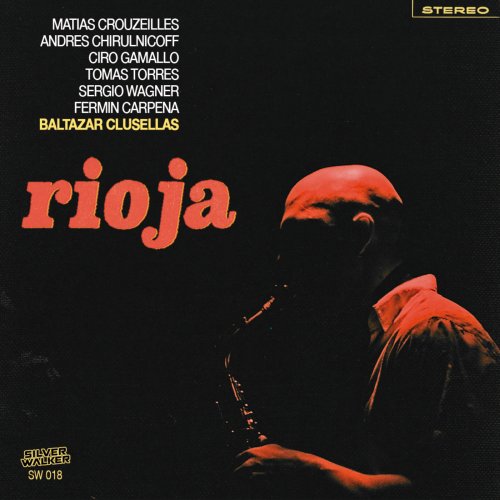Woody Herman, Bill Harris, Sal Nistico - Deliverance (2021) [Hi-Res]
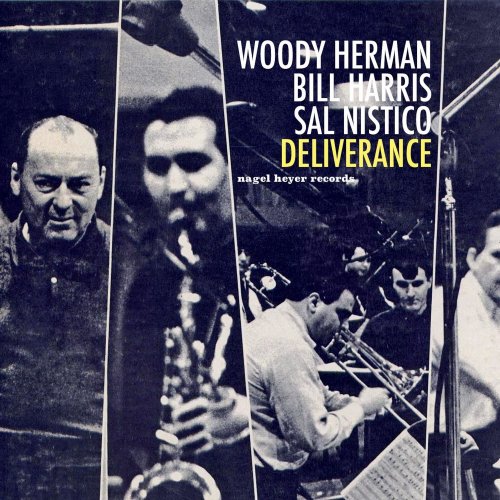
Artist: Woody Herman, Bill Harris, Sal Nistico
Title: Deliverance
Year Of Release: 2021
Label: nagel heyer records
Genre: Jazz, Swing
Quality: FLAC (tracks) [44.1kHz/24bit]
Total Time: 1:14:08
Total Size: 838 / 466 MB
WebSite: Album Preview
Tracklist:Title: Deliverance
Year Of Release: 2021
Label: nagel heyer records
Genre: Jazz, Swing
Quality: FLAC (tracks) [44.1kHz/24bit]
Total Time: 1:14:08
Total Size: 838 / 466 MB
WebSite: Album Preview
01. Lullaby of Birdland (Live)
02. Summertime (Live)
03. Opus De Funk (Live)
04. Skylark (Live)
05. The Days of Wine and Roses (Live)
06. Why You (Live)
07. Bijou (Live)
08. Blue Satin (Live)
09. Captain Ahab (Live)
10. It's a Lonesome Old Town (Live)
11. Gloomy Sunday (Live)
12. Watermelon Man (Live)
13. Mood Indigo (Live)
14. Jazz Me Blues (Live)
15. Charlie Wants a Flat (Live)
16. Barfly Blues (Live)
A fine swing clarinetist, an altoist whose sound was influenced by Johnny Hodges, a good soprano saxophonist, and a spirited blues vocalist, Woody Herman's greatest significance to jazz was as the leader of a long line of big bands. He always encouraged young talent and, more than practically any bandleader from the swing era, kept his repertoire quite modern. Although Herman was always stuck performing a few of his older hits (he played "Four Brothers" and "Early Autumn" nightly for nearly 40 years), he much preferred to play and create new music.
Woody Herman began performing as a child, singing in vaudeville. He started playing saxophone when he was 11, and four years later he was a professional musician. He picked up early experience playing with the big bands of Tom Gerun, Harry Sosnik, and Gus Arnheim, and then in 1934, he joined the Isham Jones orchestra. He recorded often with Jones, and when the veteran bandleader decided to break up his orchestra in 1936, Herman formed one of his own out of the remaining nucleus. The great majority of the early Herman recordings feature the bandleader as a ballad vocalist, but it was the instrumentals that caught on, leading to his group being known as "the Band That Plays the Blues." Woody Herman's theme "At the Woodchopper's Ball" became his first hit (1939). Herman's early group was actually a minor outfit with a Dixieland feel to many of the looser pieces and fine vocals contributed by Mary Ann McCall, in addition to Herman. They recorded very frequently for Decca, and for a period had the female trumpeter/singer Billie Rogers as one of its main attractions.
Woody Herman began performing as a child, singing in vaudeville. He started playing saxophone when he was 11, and four years later he was a professional musician. He picked up early experience playing with the big bands of Tom Gerun, Harry Sosnik, and Gus Arnheim, and then in 1934, he joined the Isham Jones orchestra. He recorded often with Jones, and when the veteran bandleader decided to break up his orchestra in 1936, Herman formed one of his own out of the remaining nucleus. The great majority of the early Herman recordings feature the bandleader as a ballad vocalist, but it was the instrumentals that caught on, leading to his group being known as "the Band That Plays the Blues." Woody Herman's theme "At the Woodchopper's Ball" became his first hit (1939). Herman's early group was actually a minor outfit with a Dixieland feel to many of the looser pieces and fine vocals contributed by Mary Ann McCall, in addition to Herman. They recorded very frequently for Decca, and for a period had the female trumpeter/singer Billie Rogers as one of its main attractions.

![Bebel Gilberto - Tanto Tempo (25th Anniversary) (2000) [Hi-Res] Bebel Gilberto - Tanto Tempo (25th Anniversary) (2000) [Hi-Res]](https://www.dibpic.com/uploads/posts/2025-11/1764244651_wpqy2u7t74kay8b7unxm0f48q.jpg)
![Adrian Sherwood, African Head Charge, Speakers Corner Quartet - Barbican Heights (2025) [Hi-Res] Adrian Sherwood, African Head Charge, Speakers Corner Quartet - Barbican Heights (2025) [Hi-Res]](https://img.israbox.com/img/2025-11/25/gjr8pars1n20pfhk95wy7zw5j.jpg)
![Maciej Czajkowski Trio - Mists of The Past (Instrumental) (2022) [Hi-Res] Maciej Czajkowski Trio - Mists of The Past (Instrumental) (2022) [Hi-Res]](https://www.dibpic.com/uploads/posts/2025-11/1764246754_cover.jpg)
